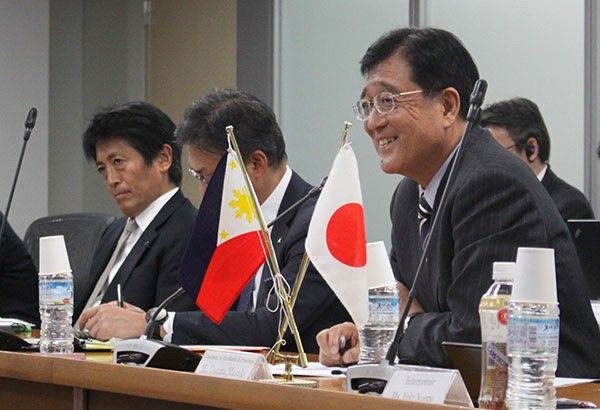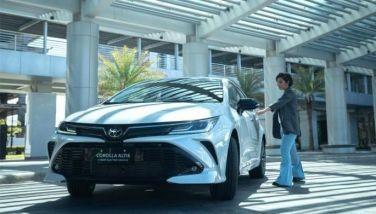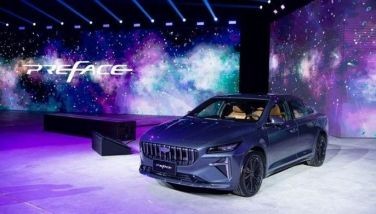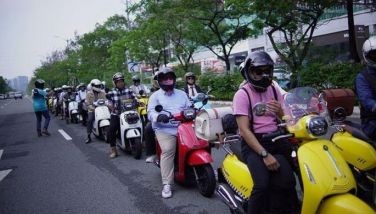Nissan buy-in expected to give Mitsubishi best of both worlds

Synergy and separation
Truth be told, an acquisition is seldom an event a company looks forward to – particularly if it is the one being purchased. The usual uncertainty and shakeup to the organization can be jarring, and might even entail letting talent go. Corollary to this is the very real possibility that the acquired company loses its character and soul – consumed and assimilated by the firm that annexed it.
When Nissan Motor Company forked over US$2.29 billion to acquire controlling stake of Mitsubishi Motors Corporation, it resulted in an alliance (which also includes French brand Renault) that is the third largest automaker in the world, as reckoned by Reuters.
While it was perceived to be a shot in the arm for Mitsubishi, which had been rocked by a fuel economy scandal – compounding its sales woes in some territories – many people wondered openly what the Renault-Nissan entry meant for the iconic Japanese carmaker.
In a press conference held a couple of months back, Nissan chairman and CEO Carlos Ghosn, also elected as Mitsubishi Motors chairman, announced that Osamu Masuko would be staying on as president. Ghosn had said, “One of the reasons that I so much wanted Mr. Masuko to stay as CEO was because I wanted the people at Mitsubishi to know that Mitsubishi will remain Mitsubishi. Mitsubishi will not become a subsidiary of Nissan… This sends a strong message that it’s not Nissan that’s going to transform Mitsubishi, it’s Mitsubishi that’s going to transform Mitsubishi.”
This was clearly one of the focal points during a recent Japan trip of some motoring and business scribes hosted by Mitsubishi Motors Philippines Corporation (MMPC). While there, we were able to, among other things, meet the Mitsubishi Motors president and CEO himself.
In a prepared speech, Masuko heartily welcomed our group by underscoring MMPC’s substantial additional investment in the Philippines with its participation in the Comprehensive Automotive Resurgence Strategy (CARS) program. As a side note, just last week, MMPC had recognized 25 qualified partner suppliers tapped to provide parts for the local manufacture of the Mitsubishi Mirage G4 and hatchback.
Masuko explained that while the Sta. Rosa, Laguna factory of MMPC presently now boasts an annual production output of 50,000 units yearly, “that capacity can be expanded to 100,000 units.” He continued: “MMPC has started investment of about P4.3 billion implemented to expand its passenger car production line.”
The increased activity through the production of the Mirage models is expected to up MMPC’s total workforce to about 1,400, added the executive. “We would like to contribute to the development of the automotive industry in the Philippines through promotion of local production, expansion of local parts procurement, and promotion of employment... when the stamping plant is finished, headcount will be about 1,500.”
MMPC is set to commence the production of the G4 in January, while the stamping plant should be completed by the start of 2018.
Commenting on Nissan’s buy-in, Masuko averred, “This alliance has a basic spirit of respecting each other’s brand, history, and management autonomy… On the other hand, we aim for greater synergy impact in the field of purchasing, vehicle platforms, development of advanced technology, growing markets, joint plant utilization, and financial services.”
Mitsubishi’s head is obviously not averse to answering tough questions – particularly those pertaining to the acquisition. Commenting on a question from this writer, he said through an interpreter that the fuel efficiency fiasco was a matter of trying to do “too much than we could do.” Now, Masuko believes that “regaining the trust of the market” is the most important task of Mitsubishi. “There are things that should continue, and things that should change.”
The company is expecting to capitalize on the synergistic benefits of being part of a much bigger whole. Expect a “commonization” of platforms, power trains, and new technology.
Meanwhile, the Philippines continues to be an attractive venue for Mitsubishi – one that makes sense to do business in. Masuko said our large, young population base is a definite advantage, in addition to a steady political and economic outlook. “Many ASEAN countries are unstable,” Masuko averred.
The annual automobile sales figure (forecast to be 370,000 this year) relative to total population is also a desirable figure – as it affords lots of room for growth. “Compared to Japan you have a much, much brighter future,” opined the Mitsubishi Motors head.
Osamu Masuko appeared confident in being able to preserve what makes Mitsubishi the global brand it has been, while acknowledging that change is in the cards. Bidding us goodbye and learning of our impending visit to the company’s Okazaki factory, he said with a smile: “Give us feedback… and don’t tell us only good things.”
- Latest




























